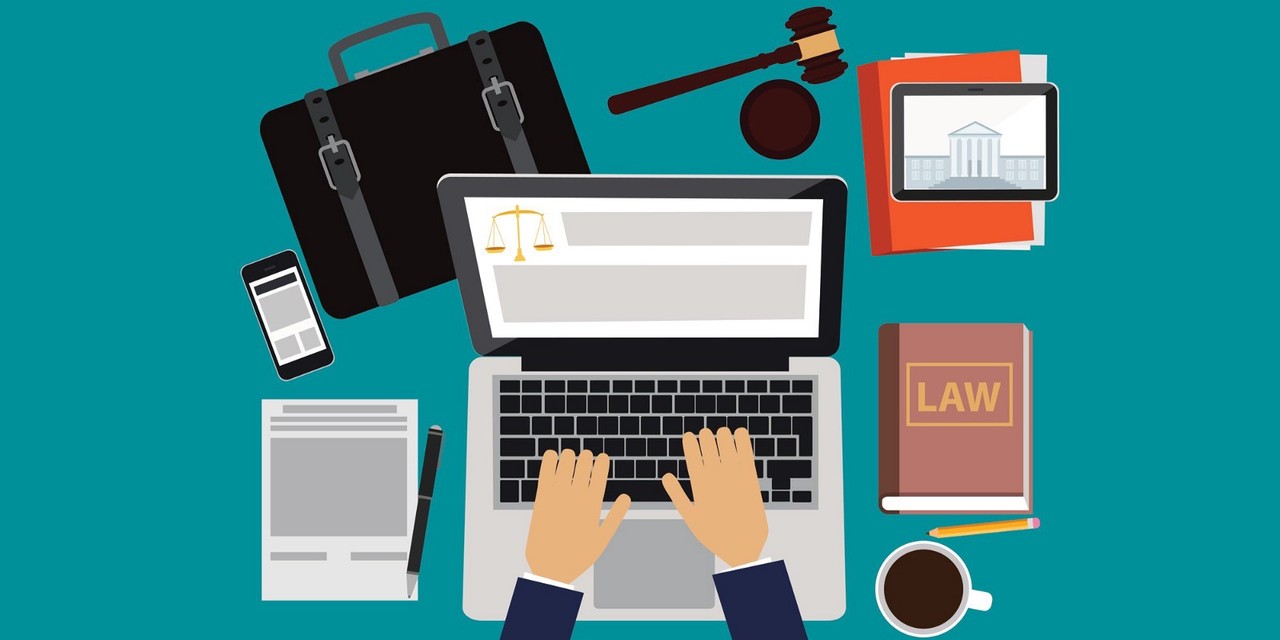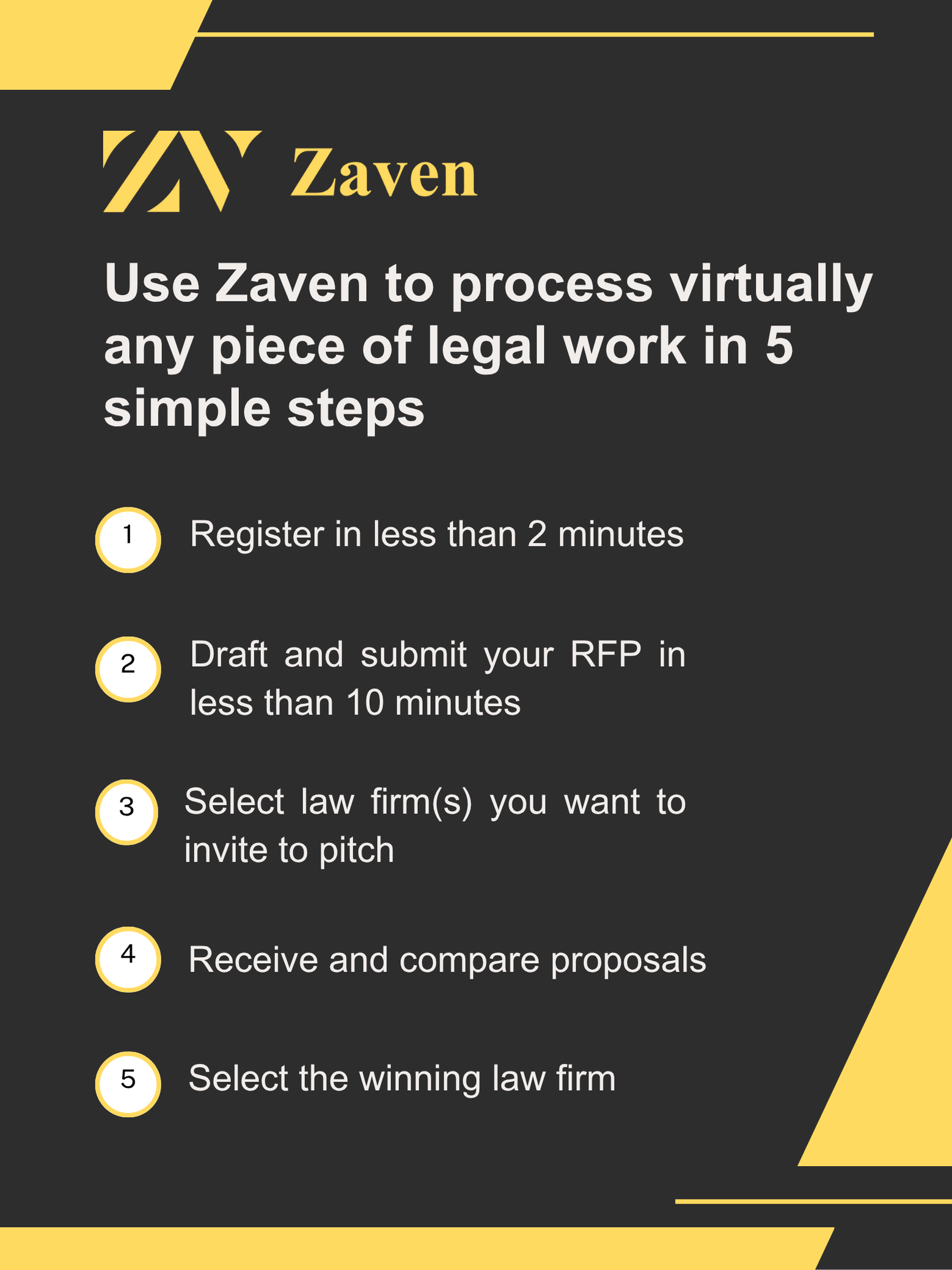It’s time to ponder a critical question: How do we balance the relentless pace of technological innovation with the stringent boundaries of legal practice? The future of legal software is not just about the next groundbreaking tool; it’s about navigating this delicate balance.
Traditionally seen as conservative and slow to change, the legal profession is now at the forefront of a technological revolution. The landscape is changing rapidly, from AI-driven legal research tools to sophisticated contract analysis software. But with great power comes great responsibility, and in this case, that responsibility lies in understanding and respecting the boundaries set by laws governing the unauthorized practice of law.
Let’s dive into the heart of innovation in legal software. The advancements we’re witnessing are nothing short of extraordinary. AI algorithms that can predict legal outcomes, blockchain-based contracts that execute themselves, virtual reality environments for courtroom simulations — the list goes on. These innovations promise to make legal services more efficient, accessible, and affordable. But as we embrace these technologies, we must be wary of crossing the line into the unauthorized practice of law.
This is where the balancing act comes in. Legal software must be designed and utilized in a way that complements, not replaces, the human element in legal practice. The role of a lawyer is nuanced, requiring judgment, empathy, and ethical considerations that software cannot replicate. Technology should be seen as a tool that augments the skills of legal professionals, not as a standalone solution that makes legal decisions.
Navigating this balance requires a collaborative effort. Regulators, legal professionals, and tech developers must work together to define and understand the boundaries. Clear guidelines on what constitutes the unauthorized practice of law in the context of legal software are needed. This is not to stifle innovation but to channel it in a way that respects the legal profession’s core values.
Read the full article: https://abovethelaw.com/2024/03/the-future-of-legal-software-balancing-innovation-and-legal-boundaries/







